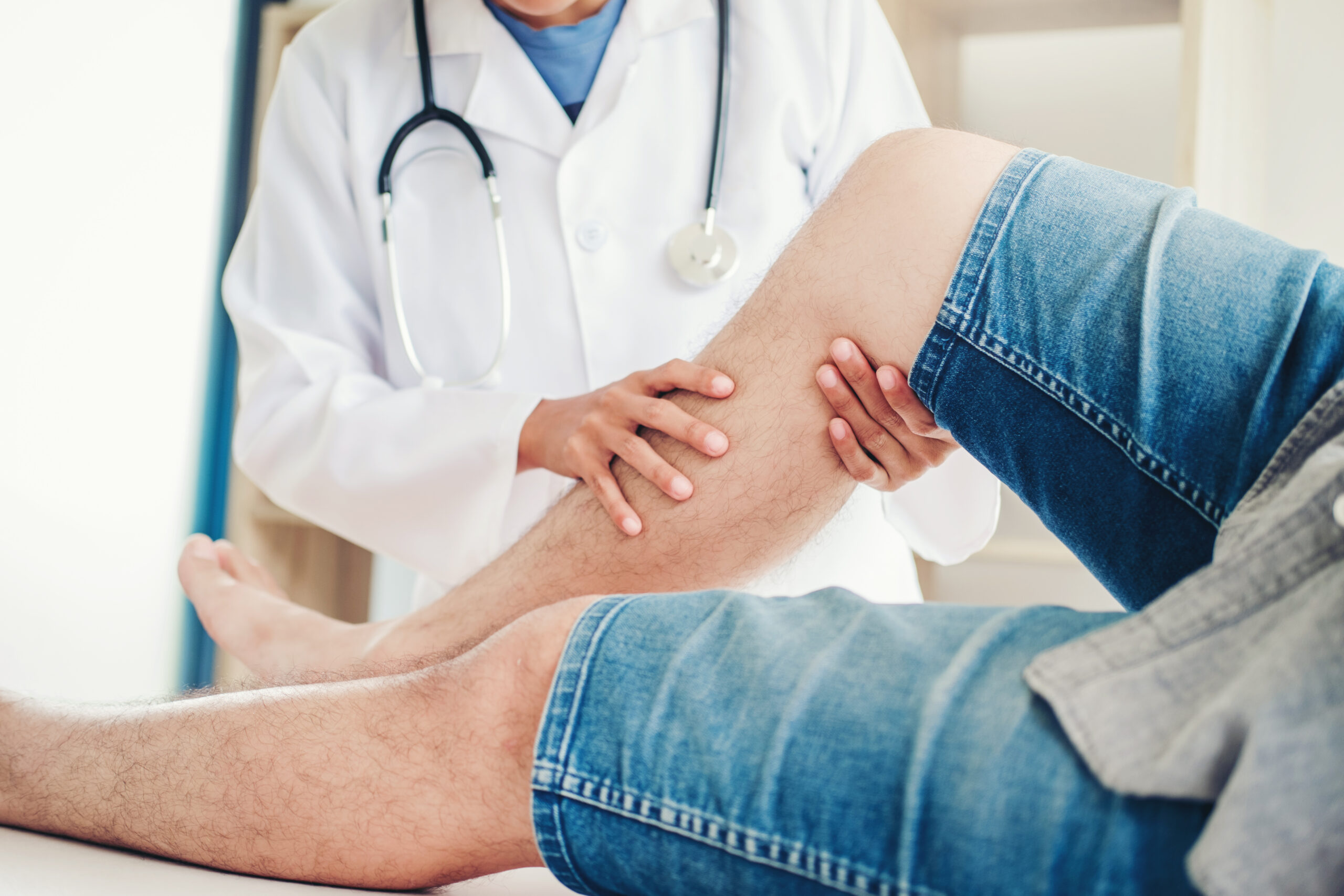There are two types of people in this world: those who have wet the bed at least once, and those who may not be entirely honest. Even if you haven’t had any midnight mishaps in your teenage or adult years, every child has had at least one such accident in their life. In fact, about 15% of children ages five to seven still have issues with bedwetting. However, despite its childish associations, anyone can develop a bedwetting problem, and it can be equally shameful regardless of age. Fortunately, here at Bare Chiropractic, we understand that bedwetting is not something that should be treated as shameful, and that it’s something that can be treated without invasive procedures.
The Psychology and Physiology of Bedwetting
Bedwetting, also known as nighttime incontinence or nocturnal enuresis, is involuntary urination while sleeping that occurs after the age at which staying dry at night can be presumed. Most children are fully toilet trained by the age of five, but there is no set age for developing total bladder control. It should be noted that bedwetting isn’t necessarily a condition, but rather a symptom of something else. There are many physical conditions that could be at the root of the issue. In the case of young children, it’s often that their bladders are too small to hold the urine produced in the night, or that the nerves aren’t communicating effectively enough to wake the child if their bladder fills up during sleep.
In adults, the causes can be even more mysterious. Common physical culprits include diabetes, an enlarged prostate, sleep apnea, and certain neurological disorders. However, especially in adults, it’s important to take psychological factors into consideration as well. Stress and anxiety can lead to an unwelcome and unsanitary awakening, and studies have shown a correlation between PTSD and bedwetting in adults.
Subluxations and Total Body Health
Despite the many nebulous causes that could potentially be behind your bedwetting woes, one truth remains universal: every part of your body is connected. If you work towards your overall health rather than just targeting specific areas with medicines and invasive surgeries, then most common problems tend to dissipate. Bedwetting is no exception. If you visit a chiropractor like Dr. Thomas Keogh, you will hear the term “subluxation” used quite a bit. Subluxations are misalignments in your spine, and since the spine is a major part of the central nervous system, fixing these misalignments has the potential to solve problems in all areas of your body—including bedwetting.
If you want to see what chiropractic can do for you, contact us or visit our office in Billings. Leave your shame at the door—our only concern is getting you on the path to total wellness.
Sources
Do, What Families Can. “Reasons for Bedwetting.” (2020).
https://doi.org/10.1542/peo_document012
Ninivaggio, Cara et al. “One and the Same? Nocturnal Enuresis and Overactive Bladder in the Female Veteran Population: Evaluation of a Large National Database.” Female Pelvic Medicine & Reconstructive Surgery vol. 24,4 (2018): 307-311.
https://doi.org/10.1097/spv.0000000000000439
Walker, Rosina. “SOT Chiropractic and Nocturnal Enuresis in Children.” (2019).
https://soto.nz/resources/Documents/Nocturnal%20Enuresis.pdf



